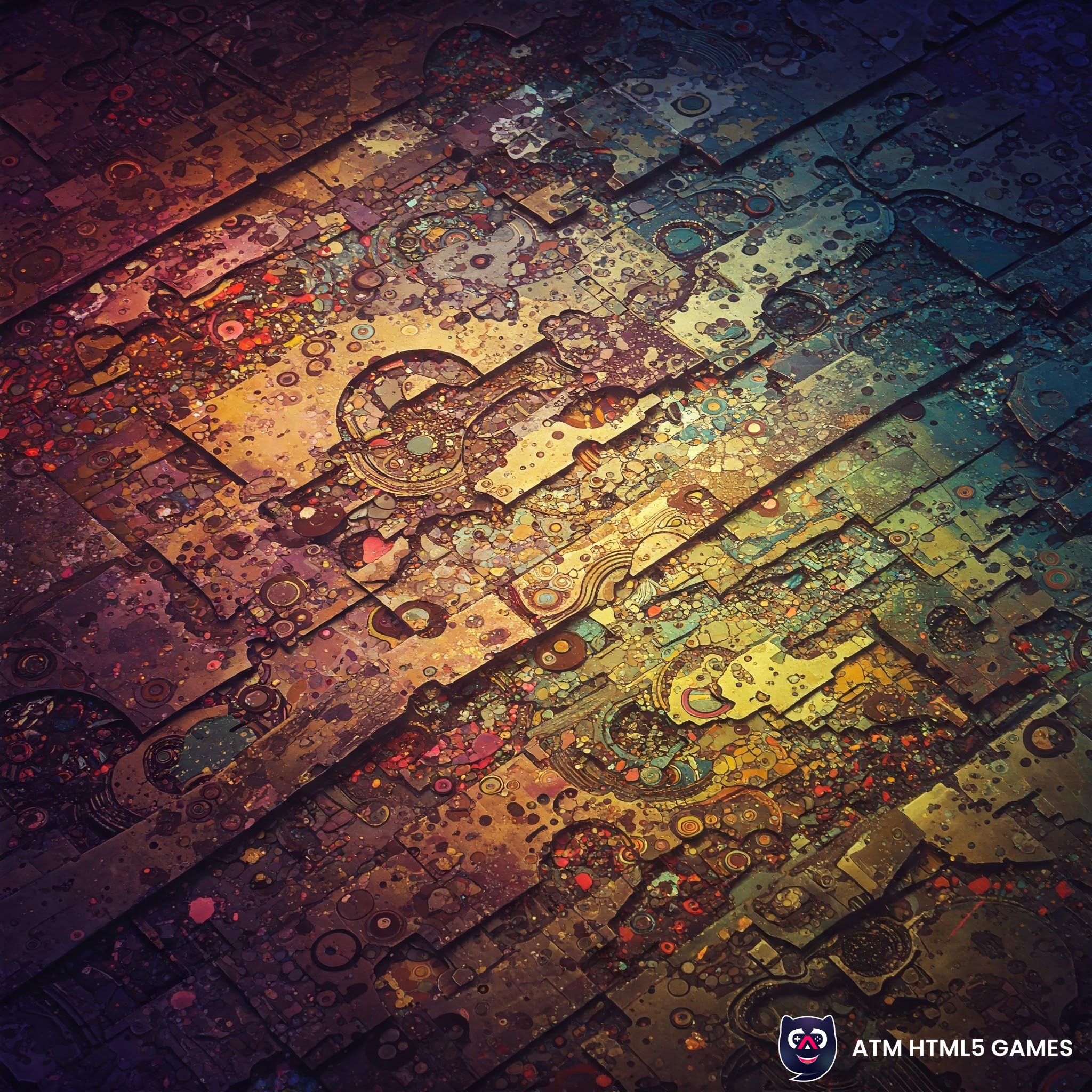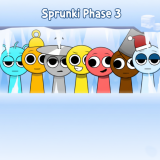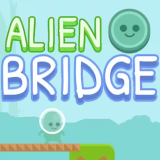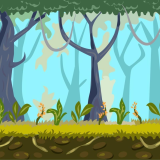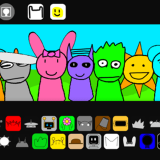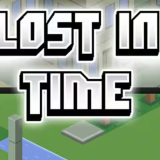Interactivity is changing. What used to work in the digital past does not play out in today’s world. In the space of gaming we see this -- RPGs, action games and multi player -- they are the proof. We have to rethink what we mean by interaction.
The Limits of Traditional Interactivity
Classic definitions of what is a game input focused mainly on basic button presses. In modern gaming we see that is far too narrow a view. In strategy games and real time sports simulations we see that there is a need for much more complex choices.
Single Input vs. Multi-Layered Engagement
Push of a button is not true interaction. In games like racing simulators which also have team strategy elements we see what is meant by rich experience. Today’s players are looking for more in depth engagement.
New Forms of Digital Interaction
Simulation games we see as models of real world systems. In the case of adventure titles we see story tellers that also present choices to the player. These break away from traditional interactive models.
RPG Elements Changing Expectations
Role playing games do not progress through pre determined stories. They react to player choices which in turn sets a new bar for what is expected in interactive entertainment.
The Rise of Social Interaction
Multiplayer games dominate present day play. We see in--competitive esports and cooperative missions which play out in real time. This social element redefines what we put out there.
From Casual to Competitive Spectacles
Simple mobile games set the stage for casual play. Today we see in app worlds that have approachable entry points yet which also present in depth systems. The gaming community is looking for what is easy to pick up and also which to study.
Interactivity Beyond Gaming
These issues are global. Education apps which use elements of adventure games. Fitness programs that include RPG growth. also I see in great design, in all fields, we take from gaming.
Simulation for Real-World Training
Flight simulators are used for training actual pilots. Medical students use virtual patients which is the setting for their practice. These are not games they are interactive learning tools which have their roots in gaming.
Measuring True Engagement
Time spent does not indicate quality of interaction. In strategy games we see that short, meaningful decisions do better than mindless repetition. We need to develop better metrics for digital engagement.
The Fallacy of Constant Stimulation
Many apps flood users with notifications. In the case of excellent interactive design that is as in great puzzle games we see that which which puts forward quality engagement instead of constant interruptions.
Future of Interactive Design
Virtual reality is in the process of growth. AI is tuning into player’s styles. What we see for tomorrow’s interactivity is a very personal and responsive experience which we didn’t imagine before.
Beyond Controller and Screen
Full body motion controls are here. We are seeing research in brainwave interfaces. What we consider interactive is also changing and growing beyond what we once thought of as the limit.
Conclusion
Old world concepts of interactivity are out. In the present we see better in which to do that. From RPG depth to multiplayer complexity, digital engagement is to grow. We should expand our definitions which in turn will bring about more in depth experiences in all media.
FAQs
1. What's wrong with current definitions of interactivity?
They are into very basic input output models. In the case of modern games which are strategic and multi player in nature we see to it that we require a great deal of complex thinking.
2. How do RPG games change interactivity?
They react to player actions in real time. Stories change which way they go due to choices that are made, thus each play through is a different, personal experience.
3. Why include social aspects in interactivity?
Human interaction cannot be scripted like that of machines. In gaming which is a cooperative or competitive setting you see this untameable, natural play.
4. Can non-game apps benefit from these ideas?
Absolutely. Learning systems use game elements in which you go on adventures. In the health and fitness world we see RPG elements used for progress.
5. What's the most exciting future interactive technology?
Neural networks may transform the way we interact. Picture a world in which you play video games or use apps with your mind, getting rid of physical controls.
The gaming field is always expanding the definition of what interactivity is and is also a leader in the integration of entertainment and innovation.
#Interactivity #GamingEvolution #DigitalEngagement #FutureOfPlay #GameDesign
- First important point about the content
- Second point with detailed explanation
- Another noteworthy detail
- Final concluding thought
